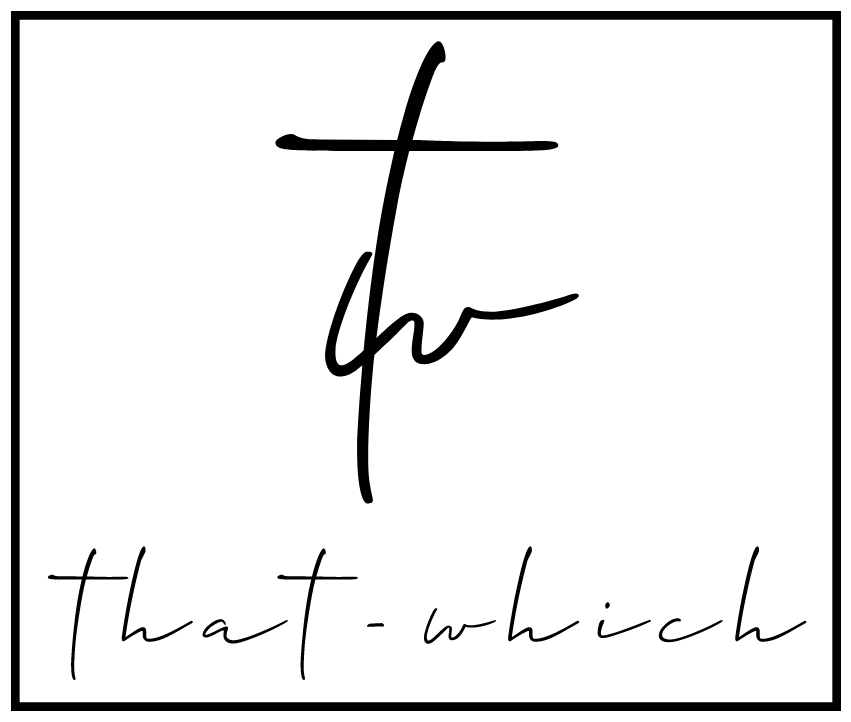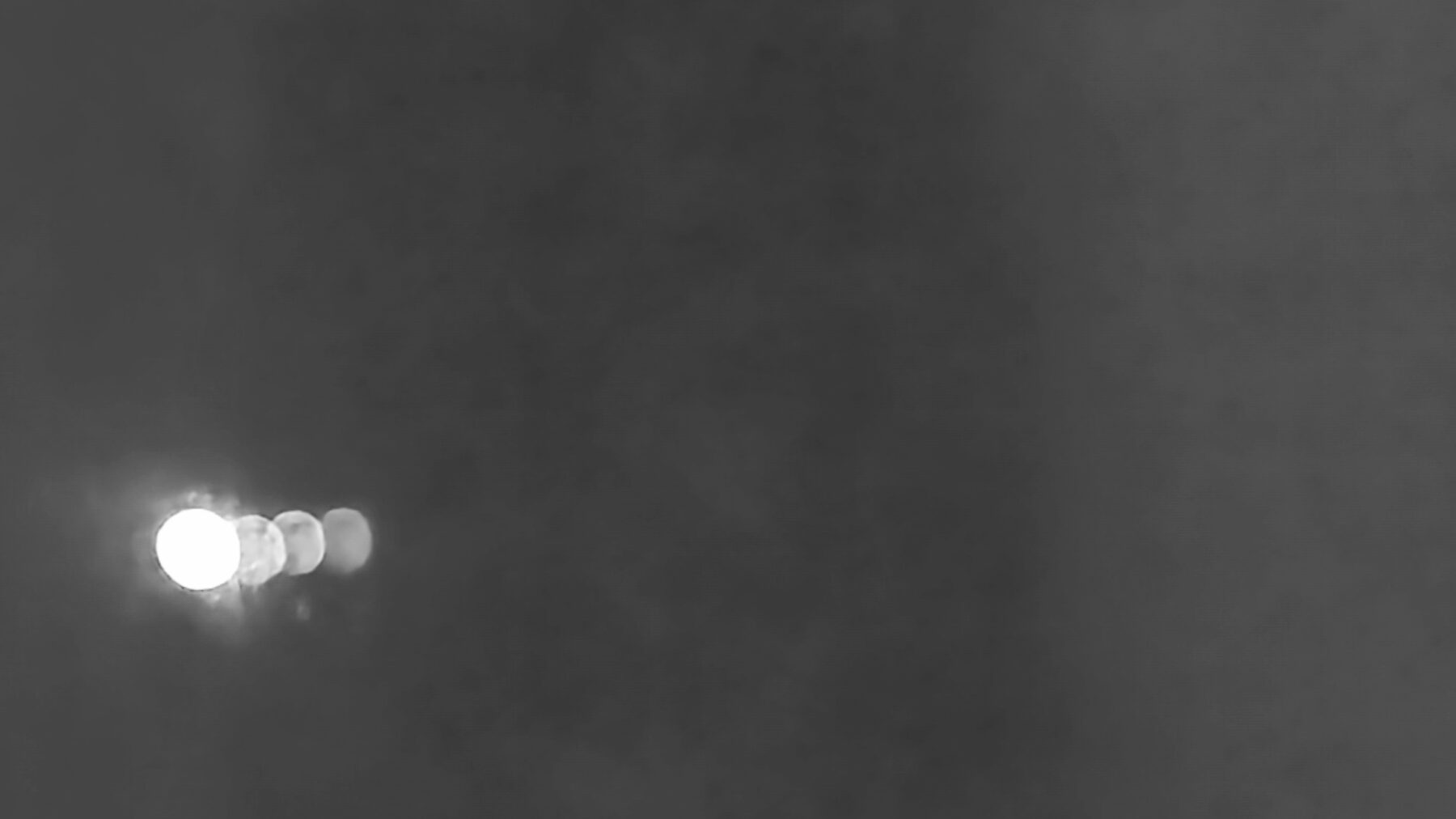In the literature discussing and commenting on the thinking-philosophizing of Plato, there is no agreement concerning that to which he refers as Forms in the sense of what and how they are.
Although Plato’s thinking toward the eternal Forms is what is mot often associated with his philosophizing, and although his thinking toward them is often referred to in the literature as a “theory”, nowhere in Plato’s writings is this “theory” presented or made available in full.
It is also questionable whether what is scattered in Plato’s writings concerning Forms can be taken as a “theory”. That Plato’s thinking itself undergoes a transformation regarding how and what Forms are makes more uncertain any talk about a “theory” or a relatively unified account.
Aristotle on Why Plato’s Philosophizing Needed the Eternal
Aristotle says that Plato’s philosophizing was directed toward the eternal Forms, or was in need of the eternal, because knowledge required and demanded permanence, a way of being that the sensible realm does not make available, since it is always changing and in flux.
This directedness toward the eternal is a manner of orienting all questioning and thinking toward that which really is, away from that which changes and is in change. That is to say, this directedness toward the eternal is an attempt at grounding thought, an attempt at finding the foundations of questioning, of rendering thought and questioning founded upon that which is and therefore never becomes.
That Forms always are means that they are available to intellect or thought, whereas things in Becoming are only accessible to us through sense perception. This means that thought is capable of reaching Forms as they really are in themselves and through themselves.
The Relation Between Forms and Sense Particulars
The relation between Forms and sense particulars is a relation of participation, in which sense particulars acquire and manifest specific properties by participating in the Form with which they correspond, that is to say, the Form that is present in them. For instance, that which is beautiful is beautiful due to its participation in the Form of Beauty; or the Form of Beauty is present and active in that which is beautiful and manifests beauty.
This means that Forms are in themselves, whereas the characteristics of sense particulars result from their participation in Forms. This relation of participation is thus a relation of dependence in the sense that the eternal is the foundation of what appears and manifests itself in the realm of Becoming. Because of this relation of dependence, sensible things take the names of the Forms that are present and effective in them, that is to say, the Forms in which they participate.
Forms are real, eternal, absolute, and therefore disclosed and made known only through thought. Sense particulars, on the other hand, in their dependence on the eternal Forms, are observable and apprehended only through sensation. These are the two realms grounding Plato’s philosophizing; that is to say, Being and Becoming, which are ontologically distinct from each other.
Plato’s Rethinking of Permanence: Transformations in Plato’s Thinking Toward Forms
This understanding of Forms is put forward in the Phaedo, Republic, and Symposium. Not only does this account still have unanswered questions concerning participation and self-predication, but it seems to be rethought or put into question by Plato in his later dialogues, making more uncertain whether Plato’s thinking toward Forms is to be taken as “theorizing” and whether the later dialogues are simply attempts at moving beyond or leaving behind the understanding put forth in the so-called middle dialogues
Parmenides’ attack on what and how Forms are is interpreted by some commentators as a sign of a rethinking carried out by Plato of his earlier questioning and philosophizing. In the Sophist, Philebus, and Timaeus, a further rethinking is carried out. In the Sophist, Forms are thought of as holding within themselves opposing characteristics and as no longer changeless.
In the Philebus, Plato introduces the metaphysical principles of limit and unlimited as a manner in which things in this world become delimited and thereby known. Forms here appear as limits rendering limited that which is unlimited by means of numbers and measures, the result of which is the appearance of ratios in things such as health, music scales, weather, grammatical phonemes, and the order of the world.
Finally, in the Timaeus, participation itself undergoes a change and thereby becomes different in the sense that it is no longer thought of as a two-term relation between sensible objects and Forms, but as a three-term relation between Forms, which are referred to at the beginning of the discourse as the eternal model, a cosmological entity that Plato calls the Receptacle, and the images of Forms into the Receptacle.
For more articles on Plato’s philosophizing, visit this webpage.

